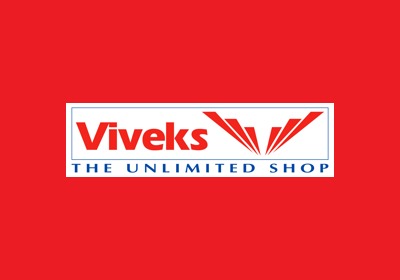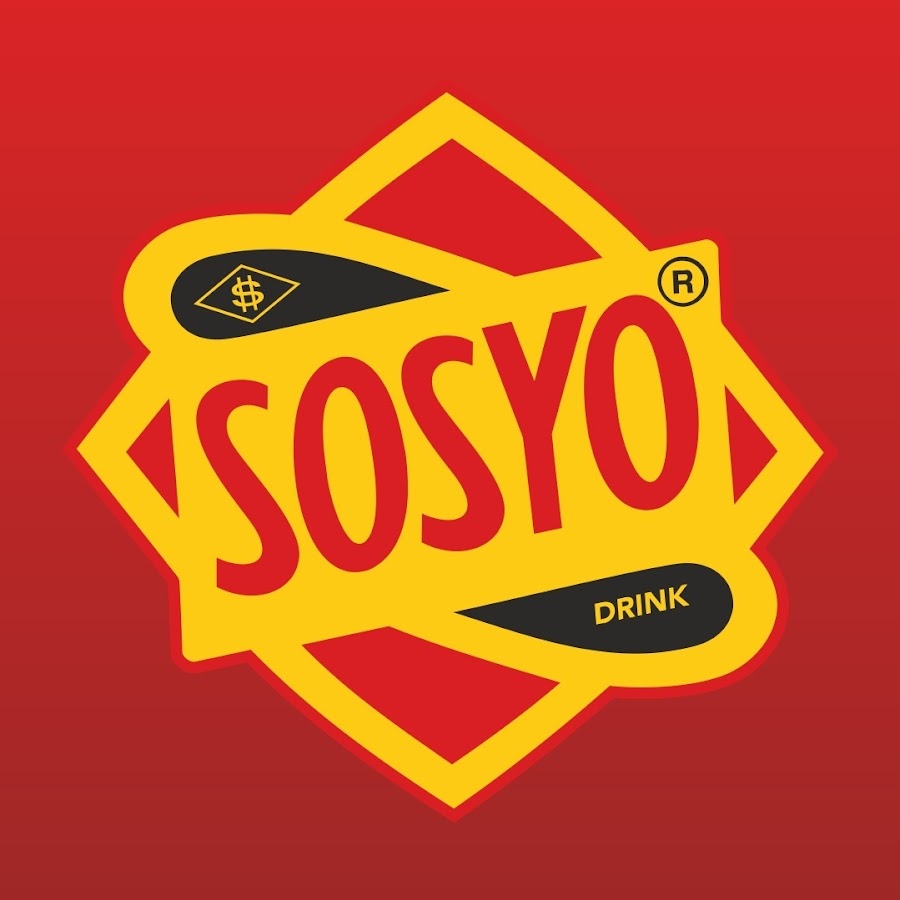Unforgotten Brands – Dalda

Dalda came to be synonymous with the product, to the extent that hydrogenated vegetable oil was commonly designated as “vanaspati ghee”
A Dutch firm introduced vanaspati ghee to India in the 1930s as a low-cost alternative to desi ghee, or clarified butter made from cow’s milk. During the colonial era in British India, desi ghee was seen as a luxury item and was out of reach for most people. So it saw little usage in most Indian homes. Therefore, a less expensive and more accessible alternative was required.
Since many Indians could not afford desi ghee, Lever Brothers (now Unilever), saw a market for a cheaper alternative. By the turn of the twentieth century, the manufacturer of cleaning and cosmetics goods had expanded into the food industry in Europe and was seeking to start vanaspati ghee manufacturing in India. In 1931, it established the Hindustan Vanaspati Manufacturing Company for the same reason.
Hussein Dada brought in all of India’s supply of hydrogenated vegetable oil, which lasted until the 1930s. Before that time, Hussein Dada operated under the name Dada Vanaspati, selling mostly imported goods.
Naming
Lever saw an opening in the Indian market for vanaspati ghee and acquired the manufacturing rights to produce Dada there. The deal was contingent on one thing: keeping the Dada name.
Naturally, Lever had other ideas. There has to be some indication of its brand on the item. The savvy marketer of consumer products noticed this, and the answer was to centre the letter L (for Lever) on the label. The name change was approved by Dada. So it became Dalda.
In 1937, the Dalda brand was launched to market Vanaspati from a factory located in Sewri, in what is now Greater Mumbai.
Communication
Dalda’s advertising strategy was unique. The responsibility for the product’s advertising has been given to Lintas. Multi-media advertising in India may have begun with this company.
Men in the city prepared delightful delicacies using Dalda and sold them from roadside kiosks. Theatres played short films.
It was interesting to see a vehicle with a spherical tin body out and about. Small tins of vanaspati were sold, and appealing flyers were distributed. Consumers were urged to put their noses, hands, and mouths on the product. It was common practice for communities to hire itinerant storytellers to spread the word about Dalda. Hotels and restaurants were supplied big, square tins, while retail customers at home could purchase smaller, round tins.
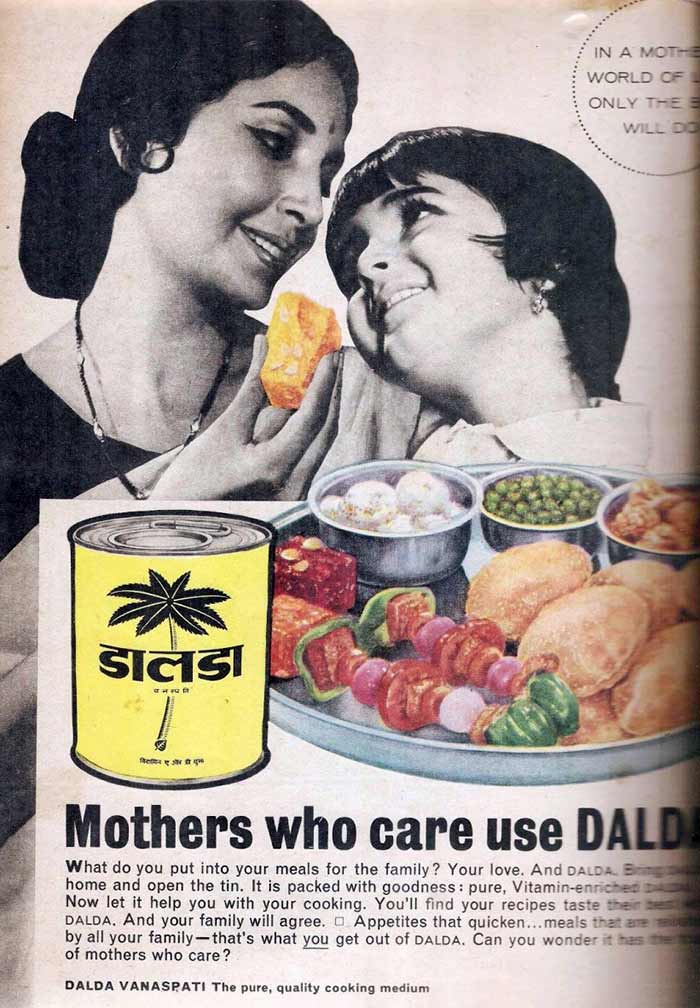
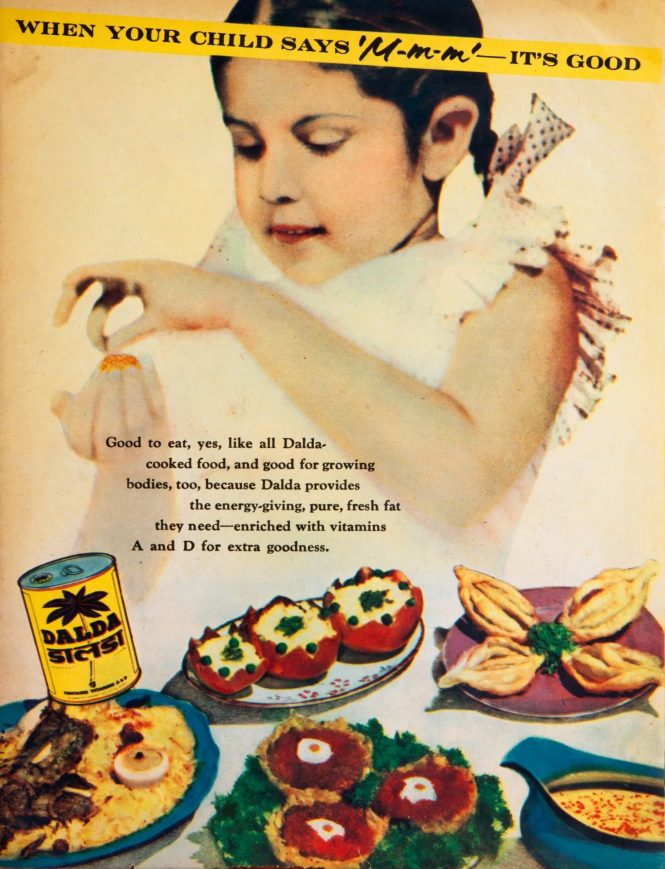

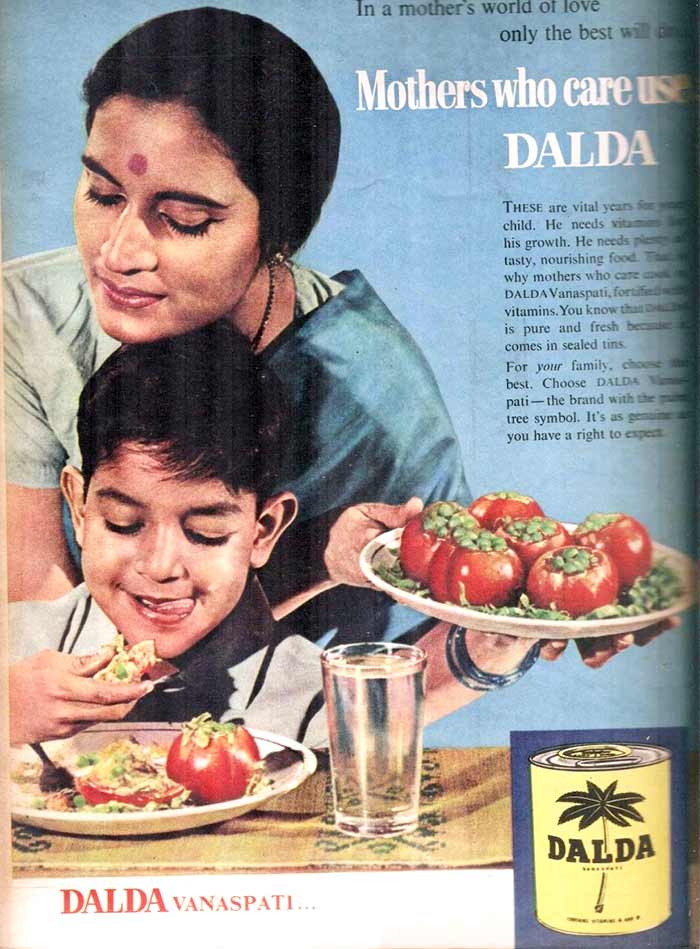
Delicious Substitution
The goal was to position Dalda as a cheaper and equally palatable alternative to ghee, without the ‘heavy’ sensation that ghee is known to provide.
The plan was successful. Consumers who could not buy ghee believed the new product had the same flavour at a fraction of the price. The “Dalda” brand of hydrogenated vegetable oil produced by Hindustan Vanaspati eventually became so ubiquitous that the term “vanaspati ghee” was used to describe the category as a whole. It was an early example of a trademark used as a generic phrase in India.
Controversies
Up until the 1980s, the brand was king. However, even at this time, Dalda was not without its share of controversy. There were calls to ban it in the 1950s because it was unhealthy fake ghee made by tampering with authentic desi ghee. The findings of a statewide opinion survey that was arranged by then-Prime Minister Jawaharlal Nehru were inconclusive. A group formed to remedy the problem of ghee adulteration failed to do so.
The uproar subsided, but Dalda made headlines for all the wrong reasons in the 1990s. It was said to have ‘animal’ fat in it.
Better-for-you Choices
The risks associated with trans-fats in hydrogenated oils, such as the elevation of “bad” cholesterol and the reduction of “good” cholesterol, were becoming more well-known to consumers by this time.
New ‘clean,’ less expensive, and more healthful cooking oils appeared on the market. Market share for Dalda began dwindling as competitors including groundnut oil, safflower oil, sunflower oil, palm oil (Postman, Saffola, Sundrop, and Palmolein brands, respectively), and mustard oil entered the market.
Unilever made the business decision in 2003 to sell the Dalda brand in India and Pakistan. Reportedly for less than Rs 100 crore in 2003, Bunge Limited purchased the Dalda brand from Hindustan Unilever Limited. Next, Bunge repositioned Dalda as an overarching brand to market a variety of refined oils (soybean, sunflower, Palmolive, etc.) in various regions.
Reference
https://bloncampus.thehindubusinessline.com/columns/brand-basics/the-dalda-story/article8462248.ece

